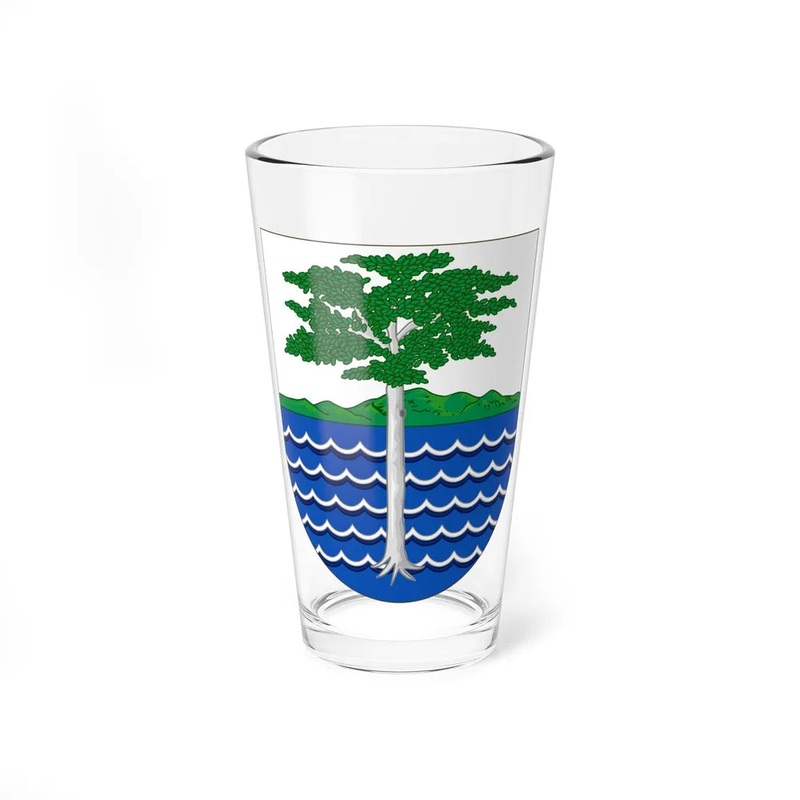
The Coat of Arms of Portuguese and Spanish Guinea is a heraldic design that represents the former colonies of Portugal (Portuguese Guinea) and Spain (Spanish Sahara), both located on the African continent. The coat of arms consists of several distinctive elements symbolizing power, justice, and unity.For the Portuguese version, it features a golden shield divided per pale with a black field representing Africa and a green field representing the sea and Guinea's lush vegetation. On the black field is displayed a white five-pointed star, which represents the African continent. The green field carries a red lion passant guardant, symbolizing Portugal. Above the shield is a blue scroll with the motto "In hoc signo vinces" (In this sign you will conquer), which was the battle cry of Constantine the Great and has been associated with Portugal since 1139.The Spanish version displays a similar coat of arms, but with distinct differences to reflect Spanish symbolism. The shield is also divided per pale, but instead of black and green fields, it depicts red and gold (yellow) colors - the traditional Spanish heraldic tinctures. On the red field is a white castle, representing Spain's colonial power, while the gold field contains a red pomegranate, symbolizing Granada, one of the last strongholds to be conquered by the Reconquista. Above the shield, there is a golden scroll bearing the Spanish motto "Plus ultra" (Further beyond), reflecting Spain's spirit of exploration and discovery.These Coats of Arms played an important role in fostering a sense of identity for Portuguese and Spanish Guinea during their respective periods as colonies, and continue to serve as reminders of the rich cultural history shared by these territories with their mother countries.
